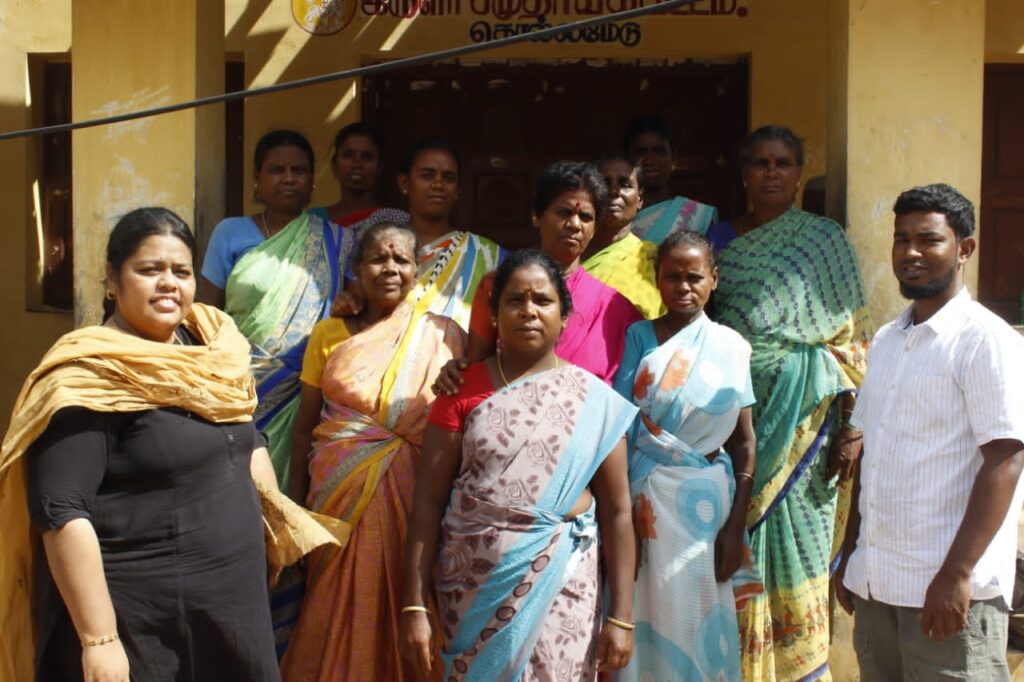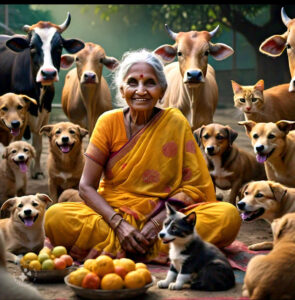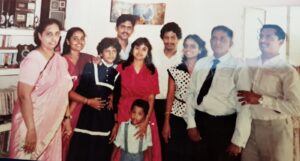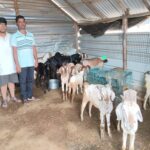
IRULAR – The Dark People of the Forest
Actor Suriya’s Jai Bhim has generated quite an interest towards the life and history of the Irula tribe that still lags behind educational, social and economic development.
The Irula community, a scheduled tribe known for their adept snake catching skills has been ostracized by society because of their profession.
The Irulas are experts in identifying and gathering medicinal herbs, particularly the one that are useful in snake-rat and insect bites. Their extensive knowledge in this area has helped the medical field in coming up with several antidotes for snake bite. They are experts in snake medicine which is kept a secret known only to the elderly in the clan.
This lesser-known field of Herpetology is a knowledge that has been passed on from one generation to the other by this primitive tribe. Irulas were described as basically forest dwellers and hunter gatherers who possess remarkable skill in catching animals, particularly snakes.
A community in the shadows of the so-called class upper class society have often been life savers to the people who have looked down upon them and driven them to the edge of the village.
Today for instance, the Chengalpattu Irula’s way of life has changed drastically when compared with the previous generations. They no longer inhabit the forests but are settled in small family units on the outskirts of villages. As they are so close to civilisation they have started adopting ways and practices of the surrounding villages.
Today for instance, the Chengalpattu Irula’s way of life has changed drastically when compared with the previous generations. They no longer inhabit the forests but are settled in small family units on the outskirts of villages. As they are so close to civilisation they have started adopting ways and practices of the surrounding villages.
The Irulas of Chengalapattu are not really familiar with the ancient myths of the Irula community mostly because of their proximity to the rest of their own community, they believe that they have a special relationship to animals and snakes and non – Irulas value the power of the Irula pujar. Though vague, they have an idea of having originated as a snake – catching and hunting section of a royal family. They say that they are “rajas” and some others claim “direct descent royalty in the male line”.
Irulas today have adopted to the local way of life owing to the demands of survival, they are largely employed in working the agricultural lands, brick making etc,. As mentioned earlier, some of them still continue to be hunter gatherers in the village forests. They are master snake – catchers. It is not clear when they started getting into the act of snake – catching. Their habitat could have played a key role with regard to the skill that they have developed. Their survival in the forest among the wild may have been the main reason that they mastered the skill of snake – catching. There is also a theory that due to the increased demand of snake skins by foreign tourists the Irulas who dwell in the forests trained themselves in the art of snake – catching. Irula children are also experts in this area as they are exposed to the trade from a very early age.

The Irula method of snake catching involves two pieces of equipment, i.e a crowbar and a sack. The crowbar is used to dig the snake out and the sack for holding the snake once it is captured. The Irulas say that many of them began relearning the art when there was a boost in the skin trade, but, that the ban by the Government of India in 1972, on killing and removing the skins of snakes, forced many of them to abandon the occupation.
Some of them have freely confirmed saying that they are still selling snake skins at a very minimal rate. The cost depends on the nature and variety of the snake skin. Many have stated to combine snake catching along with other occupations that they may pursue mainly agriculture or the “100 day job scheme” metted out by the government. They either catch the snakes in the wet season or whenever they have no other occupation. They rely on the income from this activity to fill in the frequent gaps when no other source of income is available. Because of diminishing natural resources, they found themselves without a livelihood, forced to subsist at a hopelessly inadequate level, with no land for cultivation and little chance to compete in the job market.
Irula Tribe Women’s Welfare Society (ITWWS) was established in 1985 by Zai and Romulus Whitaker to document and enhance the traditional skills of the Irula Women. Empowering women within the community and addressing the socioeconomic inequalities was the main focus in establishing the ITWWS. One of the main achievements was developing self help eco – development programs centring on the traditional knowledge of the medicinal plants.
The Irula women have conceptually a low status. The women participate in economic activities such as agricultural operations, basket making and mat weaving. They take part in socio – religious activities except the performance of some rituals. Apart from feminine chores the men of the families delegate some financial management of the household to them. The few villages that have been adopted by the ITWWS have inspired several other villages nearby to engage in self help groups to help with their financial needs.
The patriarchal Irula society does not encourage the women of the village to go to work or be financially independent. These women have worked very hard to break barriers and to contribute to the family. They have set up self help groups with no guidance or support from outside and have even conducted three marriages by giving loans to the members. The women who availed the loans have repaid what they owe and are able to continue to contribute towards their funds. The men who yield to drinking have often failed to provide for their families. The women who are able to adapt to a sustainable livelihood due to judicious planning have supported and lifted the family in time of trouble and have now turned to be a pillar of support for the family and the village at large.
Empowerment is the key determinant impelling the communities towards adaptive responses which has contributed to sustainability because of the ownership of control over the direction of change. The problems encountered by the society in these attempts have been successfully overcome.
- Tags: Chengalapattu, Irula, Irular, Jai Bhim, Justice Chandru, Scheduled Tribe, Suriya, Tamil Nadu

Madhumitha Vijayakumar
Related News


The Animal Whisperer: A Heartwarming Tale of Compassion


Challenging Casual Misogyny: Why It Matters

Becky’s Wild Days: Gooseberry Raids and Saintly Bites

A Feline Legacy: From Kitten to Kindred Spirits

Hero Garbage Collector Returns Lost Belongings

A Fall To Remember.

Recent Stories

Godspeed TASMAC Retail Vending Shop 9173

The Animal Whisperer: A Heartwarming Tale of Compassion


Challenging Casual Misogyny: Why It Matters

Becky’s Wild Days: Gooseberry Raids and Saintly Bites




This Post Has One Comment
I am гeally delighted to read this weblog posts
which contains plenty of valuable facts, thanks for providіng these kinds of statistics.